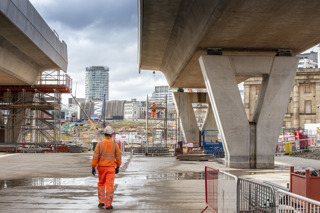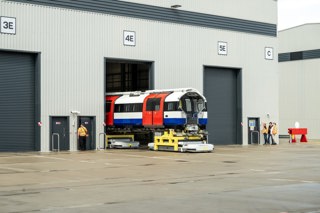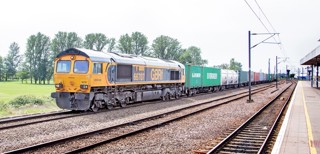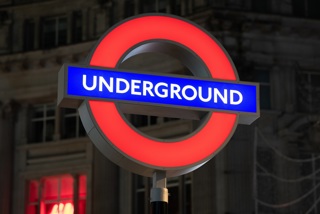Advertisement feature from RSSB
RSSB helps keep Britain moving with safer, smarter rail – and our five-year strategic plans keep us on track with this. As we launch our latest strategic plan for 2024–2029, we explore how it sets out the ways we’ll work with the industry over this period.
The UK has operated railways for longer than any other country, with many lines serving generations of British passengers. For instance, train travellers stopping at Shildon (home of Locomotion, the rail museum) follow the exact route of George Stephenson’s Stockton and Darlington Railway, which is no less than 199 years old. But now, our latest five-year plan comes at a crucial time for GB rail.
Change is constant
Although many rail routes continue to cover familiar ground, over two centuries of rail operations have seen huge developments across the network.
For instance, the railways have changed hands several times – while they started under private ownership, the Government took control during both world wars, which was followed by nationalisation, and finally privatisation again in 1994. And the world around them has changed too, with road and air transport offering ever more competition for passengers and freight.
But the near future is likely to bring the greatest changes for rail since steam power gave way to diesel and electricity. This means a greater burden on the network and its people: the need to adopt new technologies and new methods while continuing to operate safely and cost effectively.
We’ve thoroughly overhauled and updated our latest strategic plan to reflect these coming challenges – and help us make the most of the opportunities too.

What are the latest changes likely to be?
We’re looking at fundamental alterations to the way UK transport works as a whole, including rail – with more to come. These include:
- Decarbonisation: the Government is committed to net zero rail by 2050 and wants to remove all diesel-only trains by 2040w
- Climate change mitigation will become increasingly important
- Digitalisation: for instance, AI advances are contributing to a range of areas, from running the railway more efficiently to linking seamlessly with other forms of transport
- Rail reorganisation is on the cards again, although its exact shape is still uncertain
- We’re still adjusting to travel pattern changes that first manifested during the pandemic, which accelerated trends like remote working
Balancing continuity with change
We’re used to providing continuity while embracing change – a vital balance that defines how RSSB operates. On the one hand, the rail network consists of massive pieces of infrastructure with huge embedded value and long life spans. On the other, there’s constant pressure to improve how we use that infrastructure – increasing safety, sustainability, and efficiency to ensure that the network offers maximum value to us all.
Our role in research and standards provides vital information and insight that allow established tasks to continue while seizing new opportunities safely.
Our goals for the next five years.
We preserve the industry’s institutional memory while encouraging innovation – and for this, communication is vital. During the next five-year period, we will enable better data sharing and use to enhance operations, and we’ll improve the way we collaborate with industry at every level.
Our ambition is that by 2030, every rail employee will use at least one RSSB tool or service every day, from the Rule Book to cutting-edge research. It’s a challenging target, but we believe we can achieve it – with your help.
To find out more about our latest strategic plan, visit rssb.co.uk

















Login to comment
Comments
No comments have been made yet.